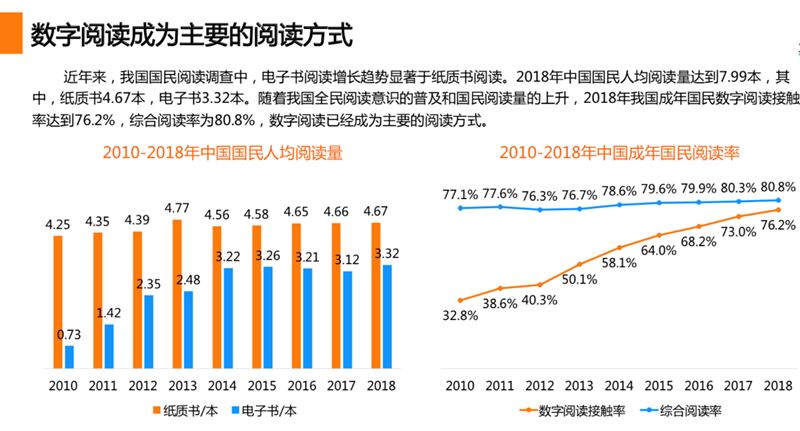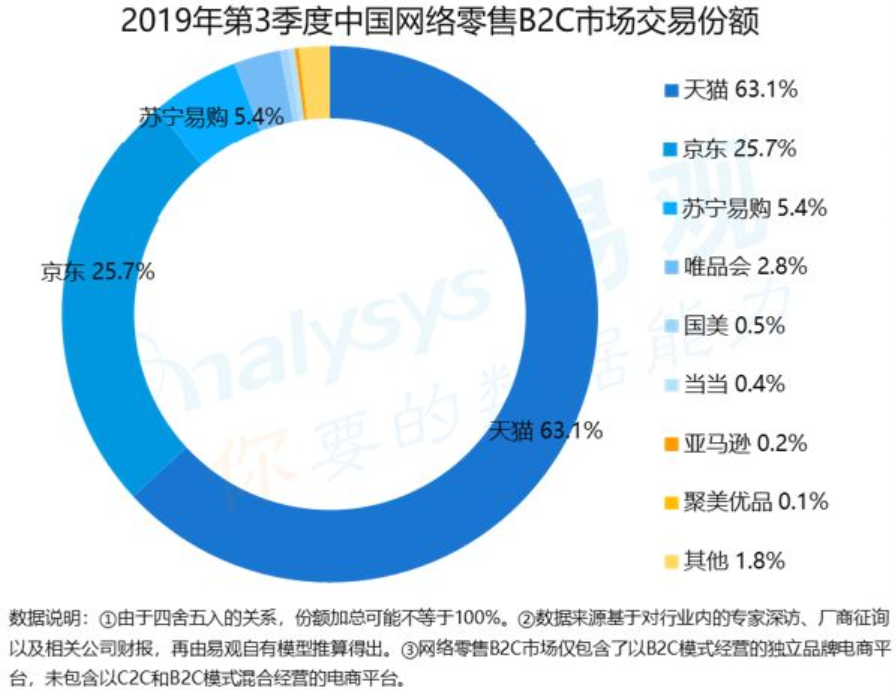There is no ticket to the future in the hands of the remnants of the old world
“In which industry is the epidemic most affected?”
This is a topic that has been widely discussed in the media in the past two months. Regrettably, in the endless disputes between catering, entertainment and real estate, the final answer surprised everyone.
Bookstores that used to be all over the streets, before the above industries, became the first industry to “lie down” under the dual background of epidemic situation and times.
On February 5, the “Bookstore” public account conducted a questionnaire survey on more than 1,000 physical bookstores. 91.97% of bookstores had almost no source of income during the epidemic.
It should be said that the investigation is relatively euphemistic and more straightforward. The attributive “during the epidemic” can also be erased.

According to the “Chinese Digital Reading Market Research Report 2019” released by the third-party data research agency Bida Consulting, in 2019, the national per capita reading was only 7.99, including 4.67 paper books. Despite the sales of 1.5 billion copies a year of online e-commerce such as Dangdang, the remaining half is distributed to more than 70,000 bookstores around the world, and the breakeven is very difficult.
This may also be the factor behind the recent changes in the bookstore’s trend.
Slightly follow the news about bookstores. It is not difficult to find that crowdfunding, spikes, live broadcasts … these words, which contain a strong Internet branding color, are gradually becoming the norm that links the fate of bookstores in the new era.
Although Xu Zhiyuan, a guest who sells blind boxes in Taobao ’s live broadcast room, still tries to retain the last alert of the intellectuals, facing the exquisite makeup on the opposite side, known as “the first anchor of e-commerce,” he blurted out: “You I am a strange species “.
But in 95 minutes, nearly 700,000 yuan of fund-raising records still shocked the “ancient man” in Ma Dongkou’s mouth.

Offline, more and more bookstores seeking change have begun to extend their olive branches to the vigorous takeaway army. Recently, the first batch of 72 physical bookstores in Beijing hasThe Meituan continued to go online, while Shenyang on the other side was hungry and received demand from many bookstores.
Unconsciously, the yellow and blue landscapes that traverse the streets are harvesting more “food and food categories”, and for the offline book industry that is struggling to survive, can this change become a key straw for lifesaving , But no one can make a conclusion.
01 Online is a “pseudo-proposition”
Aside from uncertain predictions about the future, this joint bookstore and takeaway platform, no matter from which point of view, is more like a “gimmick” than a “wind outlet” performance.
First of all, unlike the rigid requirements of food and beverage, the “soul hunger” behind most books does not need to be delivered within half an hour of timeliness. .
Unlike the impulsive consumption of make-up, the book industry as a whole is still a market that is more rational. Although there is linkage in the reading process, many people often read comments, recommendations, or suggestions from another book. The author’s admiration was expanded by the reading pool, such as the tribute relationship between “1Q84” and “1984”.

However, when we examine this kind of demand with high chance, it is not difficult to find that this so-called consumer demand is not completely time-critical.
On the other side, the offline storage capacity is also restricting the realization of this demand. For most offline bookstores, in order to maximize the economic benefits, the book inventory category in the store is often less, not With the ability to meet the diverse needs of consumers, in other words, even if the book distribution industry is completely open, the available online book categories are quite limited.
This is different from the catering industry. Compared with the book industry, catering products have the characteristics of high discrimination and high repeat consumption rate. In other words, a restaurant can open the door with only a few signature dishes. Business, and for consumers, there are many people who eat the same restaurant or even the same dish.
Looking at bookstores, book products under the industrialization process do not have any “store characteristics”. There is almost no difference in buying the same book in different stores. Once a book is purchased by consumers, Basically, there is no room for “buy it again”.
This one-way, one-time consumption is undoubtedly a challenge for both the weak storage capacity of offline bookstores and the limited online display space.
Secondly, for all kinds of food delivery platforms, the new book category has not brought any changes in the model. For the local life industry, book distribution is a “new bottled old wine” format. Instead, it is a retrogression to its own industry ecology.
Returning to the food and beverage delivery, when talking about the innovation of this model for local life services, many people first thought of “convenience”. However, in fact, the delivery service of the take-out industry is only the bottom of its ecological logic. Compared with this, the constantly open choices are the key to this industry’s real favor.
With the help of the take-out channel, consumers ’daily food choices have expanded from“ downstairs in the community ”to the whole district and even the city, and the available categories have also changed from“ nearby stores ”to“ all food ” From this perspective, takeout is helping the catering industry continue to “create demand.”
In contrast, the pure logistic distribution process of book takeout, naturally follows the business logic behind.
02 “One hour delivery” that is no longer fresh < / h2>
Aside from the commercial impossibility, the “one hour” delivery of the book industry has actually had a precedent.
Just in 2010, JD.com just entered the book market. In response to Dangdang and Amazon ’s “soft underbelly” of delivery speeds, Kuaidi Schoolbags tried to get a piece of the cake through “one-hour delivery”.
However, after burning out more than 10 million yuan of financing and still unable to fill in the “bottomless hole”, the fast school bag that claimed to be “China Online 711” eventually had to seek packaging and sale.

Founder Xu Zhiming also admitted on Weibo that he made two mistakes.
The first is to miscalculate the time-sensitive needs of books. “Compared with the urgent needs such as rainy umbrellas and Maotai before dinner, it is really difficult for books to support the rapid growth of the entire website.”
The second is the mode that should not be attached to self-collecting goods, self-built storage, and self-built logistics.
Obviously, the low-customer price category like books cannot support high-cost self-built logistics. In contrast, 3The logistics team raised by the C-commerce platform relying on commodities can take the time to deliver books.
The “China B2C Market Quarterly Monitoring Report” in 2019 also shows that in addition to Dangdang, the online book sales of two or three, two, were obtained by Taobao and JD.

Different in the past, the reason why the two major e-commerce platforms developed the book category was more because of the need to “acquire customers at a lower price”. For Meituan, Hungry and other platforms, these strategic values Not for them. Books for them are just a need for public opinion and public relations.
On the other side, with the rise of Instacart, flash delivery, Dada and other brands, “one-hour delivery” is no longer exclusive to takeaway platforms. From this perspective, offline bookstores and takeaway platforms are jointly Core competitiveness is also dispensable.
The data also confirms this point. In the previous month, Meituan Takeaway joined 42 bookstores to open the first “home reading day”, and introduced various discounts such as limited time delivery fees, 100 discounts and 50 discounts, but 3 The daily trading volume has not exceeded 1,000 orders, and the average store has less than 8 orders per day.
Regarding this, a bookstore practitioner once admitted that when he takes out food, he basically only intends to sell things that are just needed and urgently needed such as supplementary books. “The most sold-out bookstore deals are also children’s picture books, dictionaries and other learning tools. Essentially, the business of stationery bookstores at the school’s doorstep is grabbing.”
03 “No way out” bookstore’s demise
For these, offline bookstores are not completely ignorant.
As of now, for the “emerging thing” of book delivery, the attitude of most stores is still a wait-and-see.
In the face of the so-called “wind outlet”, bookstore owners seem to understand that what determines the future is still offline data after the epidemic.
This is also one of the reasons why the bookstore industry is “incurable”.
Because of the short-term impact of the epidemic, changes in the overall reading environment and habits are the root cause of the decline of the bookstore.
According to the 16th National Reading Survey released by People’s Daily in 2019, more than half of adults tend to read digitally, and the proportion of readers who prefer paper reading declines. The meager profits, high rents, and the impact of low online discounts have threatened physical bookstores.
At the same time, the imaginary “retaliatory consumption” has not appeared for a long time. On April 10, the publishing industry big data platform Zhongjin Yiyun released the “First Quarter 2020 Book Market Data Report” shows that this year is the first In the quarter, the total book market was 3.65 billion yuan, a year-on-year decrease of 29.16%; offline retail sales fell by 53.71% year-on-year. In sharp contrast, in the past 2019, the sales of physical bookstores have increased by 5.85% compared with 2018.
Because of emotional factors, people try their best to save the bookstore industry, but whether it is the linkage of the “experience economy” transformation of scenes in various fields, or the online and offline collaborative retail reconstruction, the final result is not satisfactory For those bookstores that have really survived and grown, the numbers in the revenue list clearly indicate the contributions of “coffee”, “milk tea”, and even “cat”.
The fate of the bookstore is doomed, and mild reform will not help. Everlasting night is coming, and idealists are waiting for a spring that will not come.

Aside from the commercial impossibility, the “one hour” delivery of the book industry has actually had a precedent.
Just in 2010, JD.com just entered the book market. In response to Dangdang and Amazon ’s “soft underbelly” of delivery speeds, Kuaidi Schoolbags tried to get a piece of the cake through “one-hour delivery”.
However, after burning out more than 10 million yuan of financing and still unable to fill in the “bottomless hole”, the fast school bag that claimed to be “China Online 711” eventually had to seek packaging and sale.

Founder Xu Zhiming also admitted on Weibo that he made two mistakes.
The first is to miscalculate the time-sensitive needs of books. “Compared with the urgent needs such as rainy umbrellas and Maotai before dinner, it is really difficult for books to support the rapid growth of the entire website.”
The second is the mode that should not be attached to self-collecting goods, self-built storage, and self-built logistics.
Obviously, the low-customer price category like books cannot support high-cost self-built logistics. In contrast, 3The logistics team raised by the C-commerce platform relying on commodities can take the time to deliver books.
The “China B2C Market Quarterly Monitoring Report” in 2019 also shows that in addition to Dangdang, the online book sales of two or three, two, were obtained by Taobao and JD.

Different in the past, the reason why the two major e-commerce platforms developed the book category was more because of the need to “acquire customers at a lower price”. For Meituan, Hungry and other platforms, these strategic values Not for them. Books for them are just a need for public opinion and public relations.
On the other side, with the rise of Instacart, flash delivery, Dada and other brands, “one-hour delivery” is no longer exclusive to takeaway platforms. From this perspective, offline bookstores and takeaway platforms are jointly Core competitiveness is also dispensable.
The data also confirms this point. In the previous month, Meituan Takeaway joined 42 bookstores to open the first “home reading day”, and introduced various discounts such as limited time delivery fees, 100 discounts and 50 discounts, but 3 The daily trading volume has not exceeded 1,000 orders, and the average store has less than 8 orders per day.
Regarding this, a bookstore practitioner once admitted that when he takes out food, he basically only intends to sell things that are just needed and urgently needed such as supplementary books. “The most sold-out bookstore deals are also children’s picture books, dictionaries and other learning tools. Essentially, the business of stationery bookstores at the school’s doorstep is grabbing.”